After a lot of work done by Mark in planning out prospective sights to see and places to go, we decided to use the 7-seater Dodge Caravan and all travel together for the day. We went to Maligne Canyon (apparently pronounced Maleen). What a fantastic place - full of waterfalls, dramatic canyon walls, running water, rapids and a number of “bridges” for you to walk to. Swirling, churning water has worn the canyon, only two metres across at some points, to a depth of more than 50 metres There are four bridges across the gorge, each with its own special view. A short hiking loop tours the upper reaches of the canyon, while a longer trail follows the gorge and exits at a fifth and sixth bridge lower down.
We decided to walk to the fifth bridge and then assess what we would do. Arriving at the fifth bridge, it was decided by smarter heads than mine, that to walk to the 6th bridge would be easier than to turn around and walk back the way we had come, which did have some very tricky bits to navigate. Don turned around and went back for the car, as it had been discovered that there was a parking area at the 6th bridge, and he would pick us up from there.
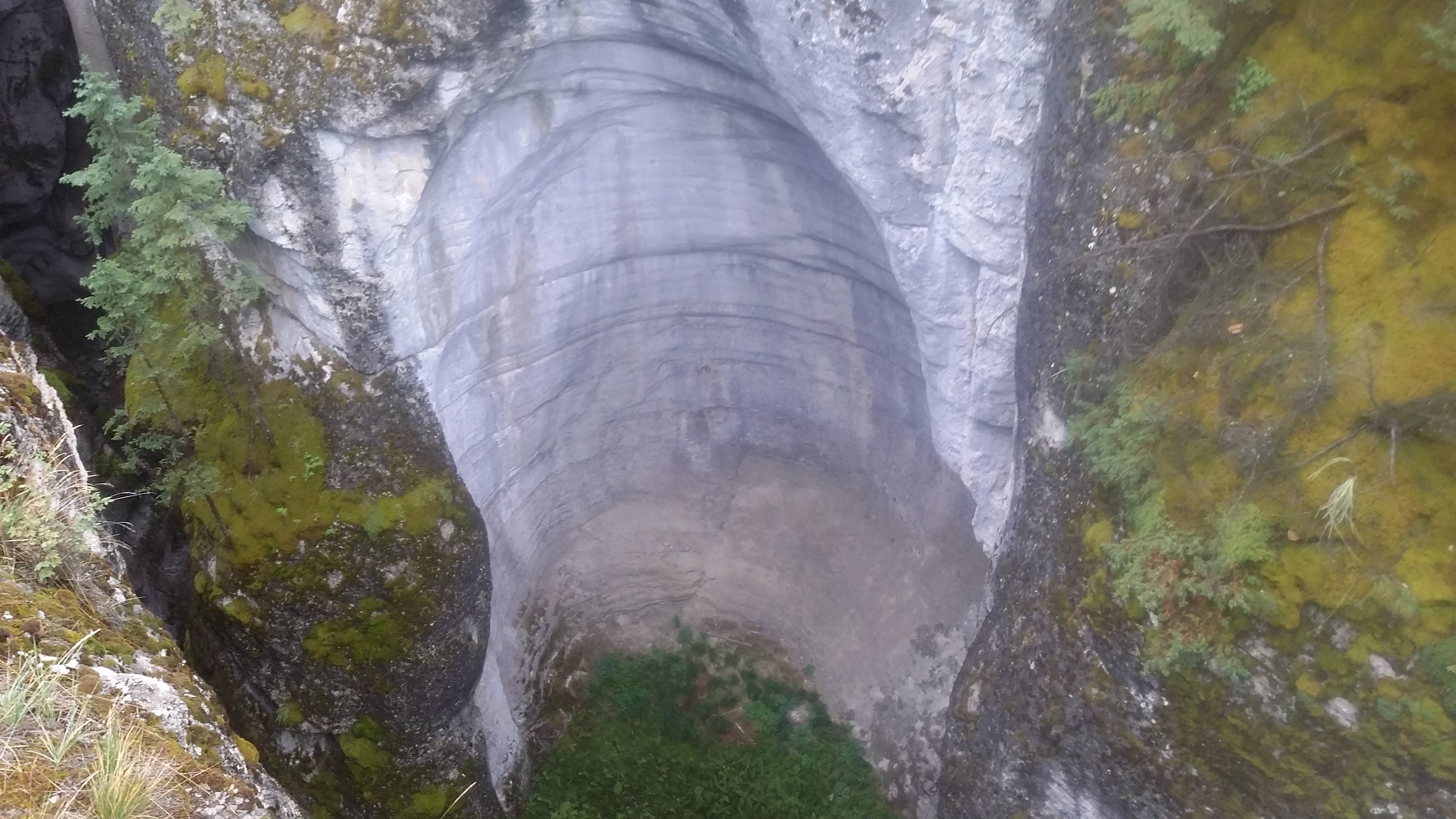
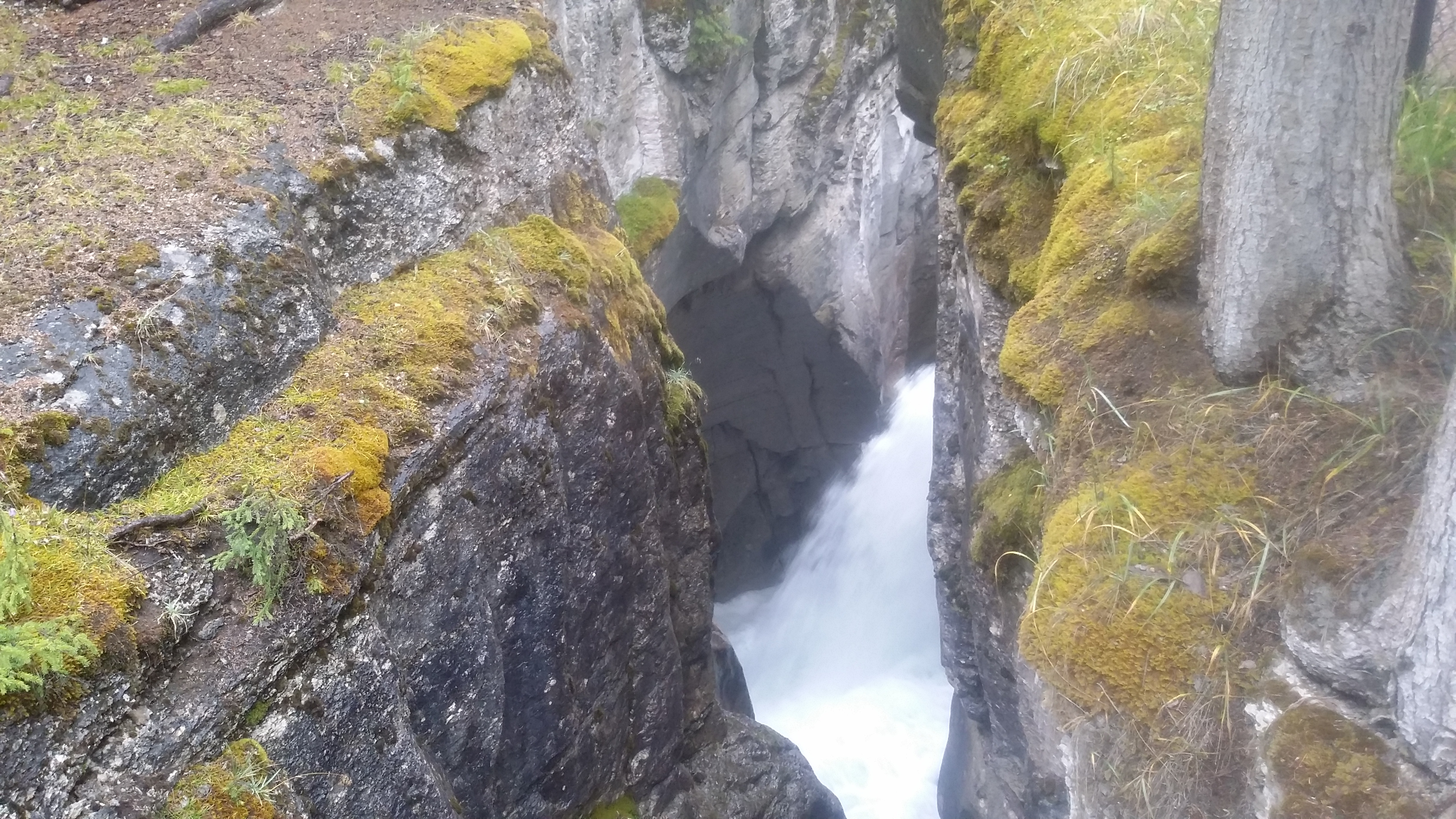
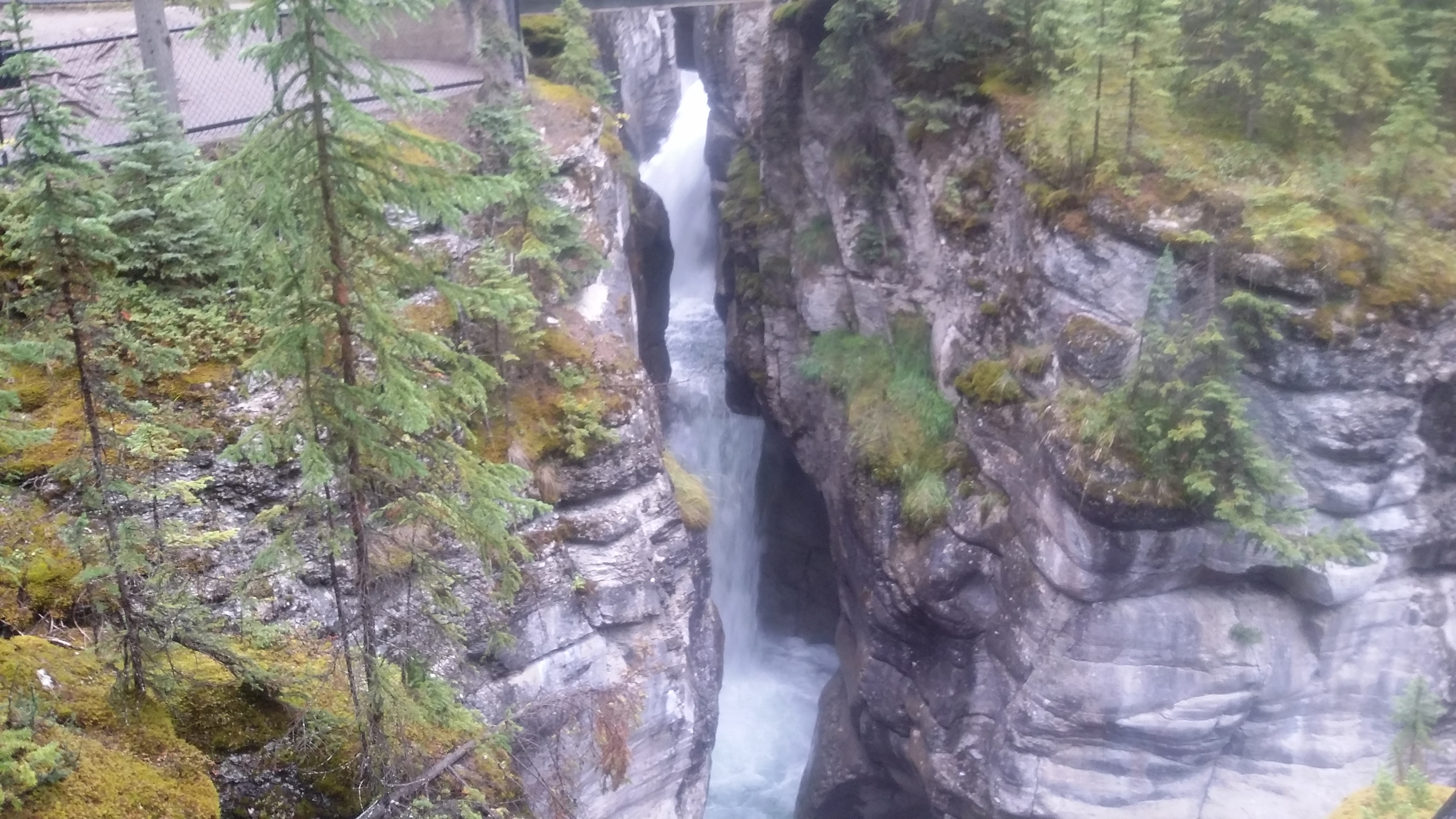
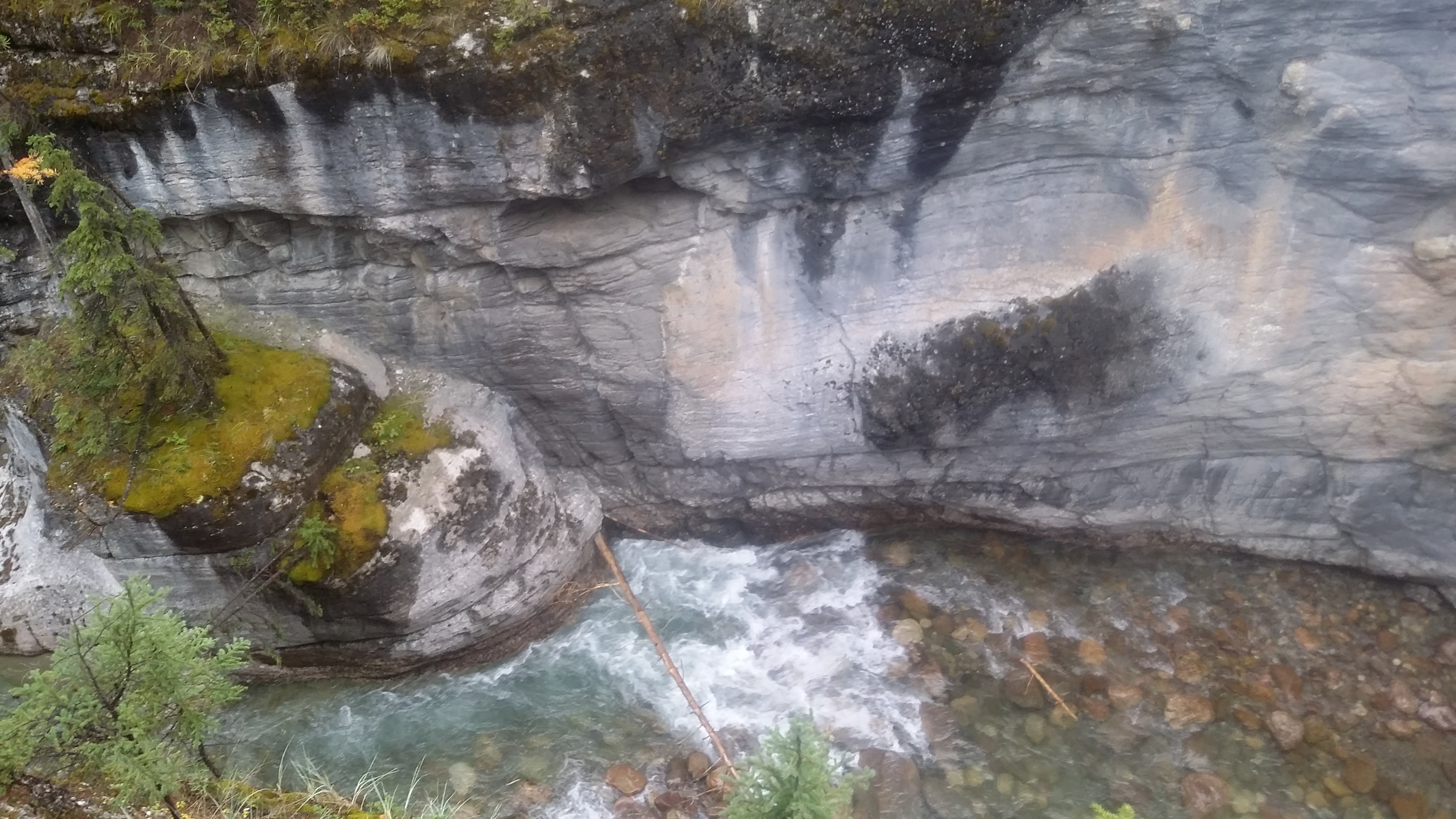
Every trek through the wilderness needs a map and some serious planning.
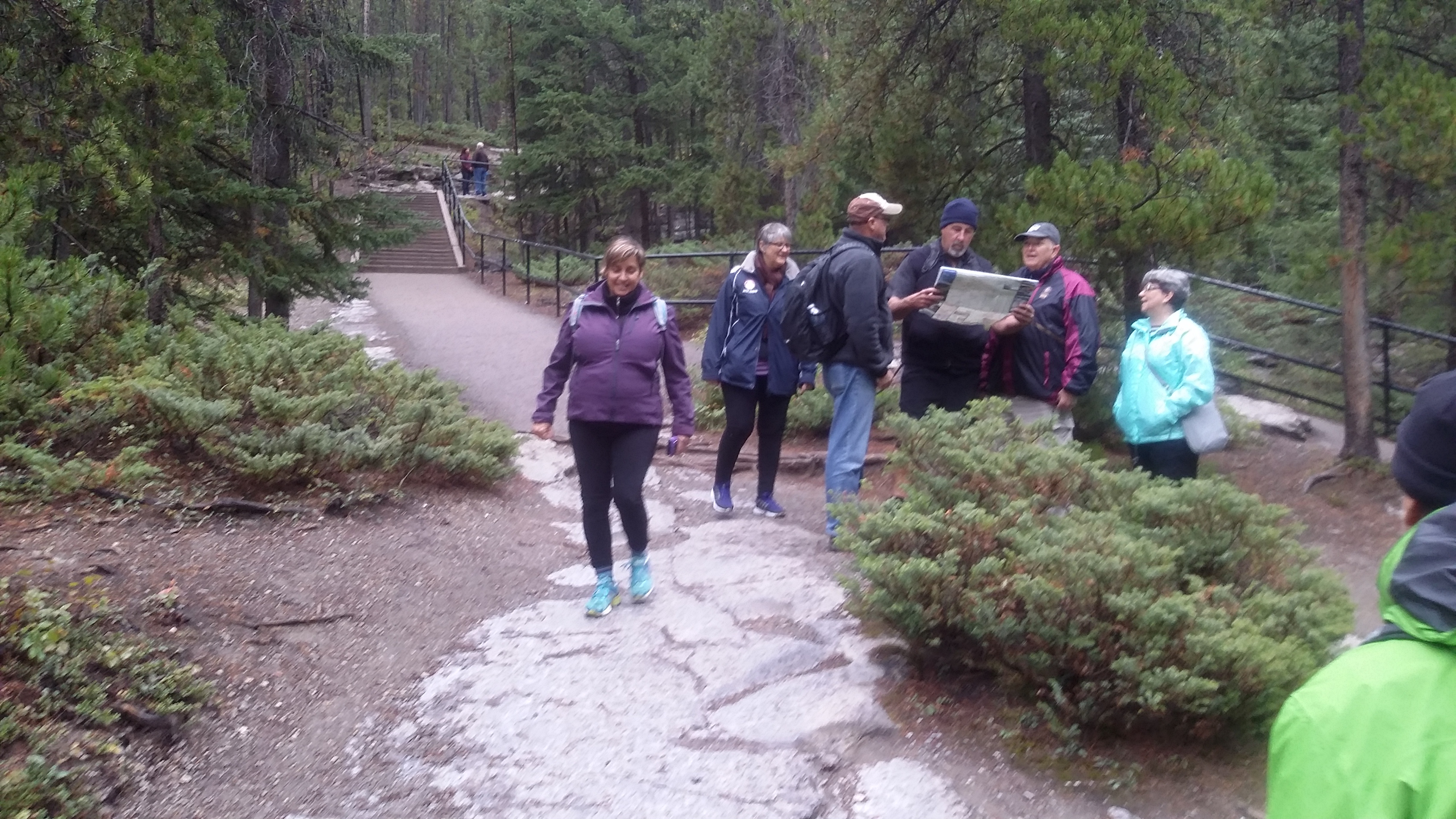
There are actually no words to describe our journey through the Maligne Canyon. It was a damp, overcast day and we could only marvel at how magnificent the scenery would be on a bright, clear day.
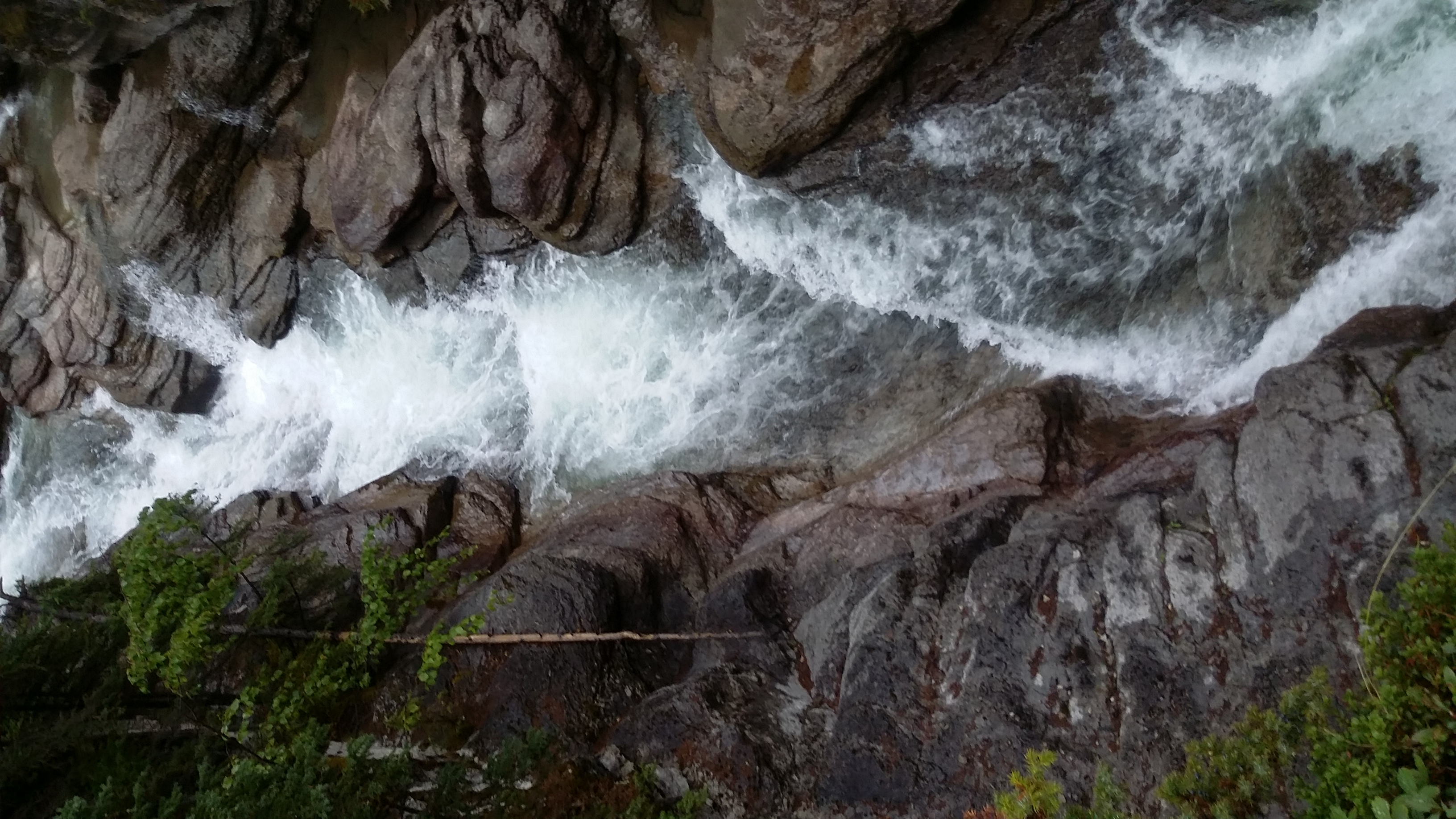
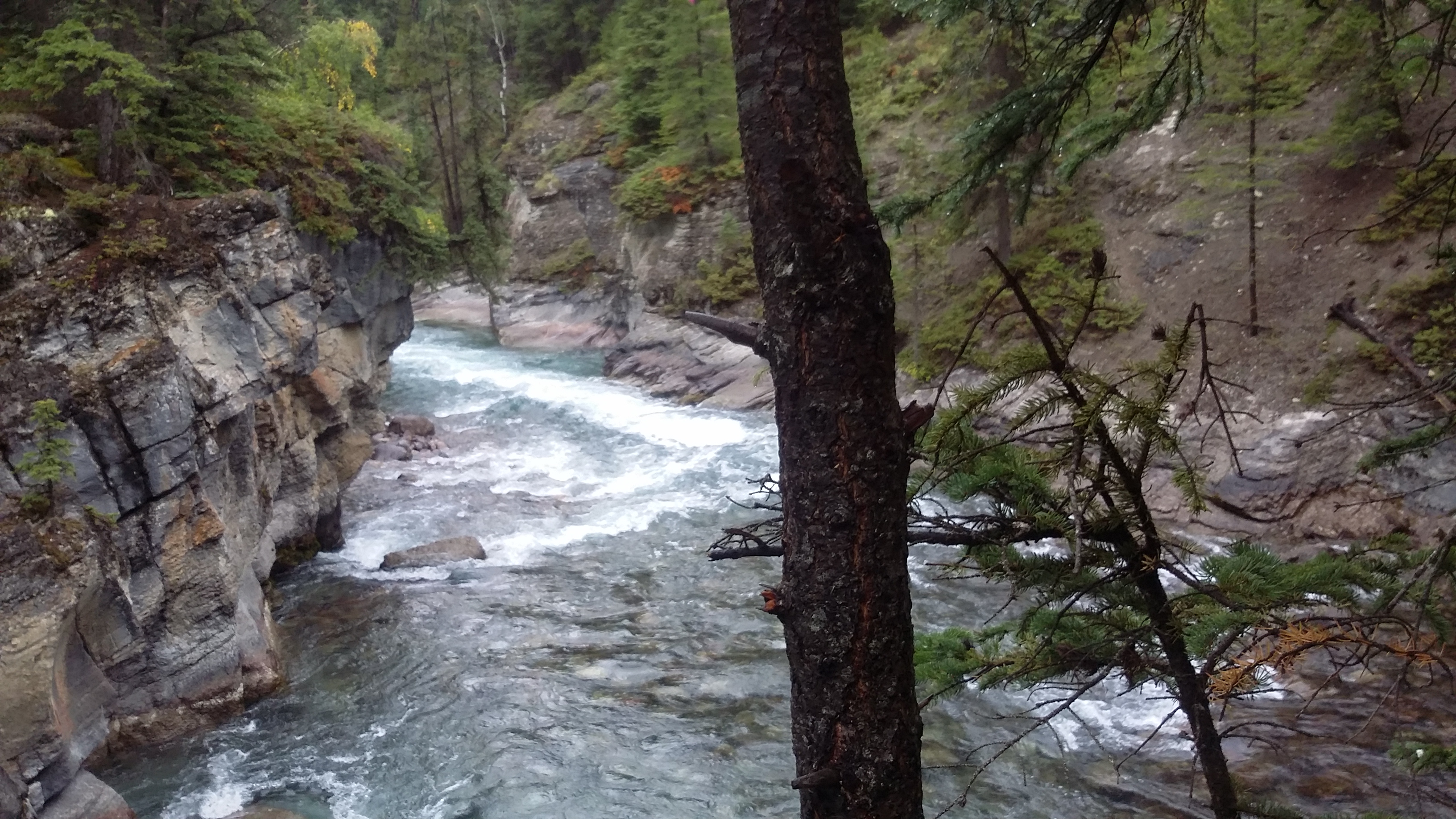
Here I have to acknowledge my fellow travellers. I am much more unfit than any of them and because of some problems with severe arthritis in my left foot, do not walk very fast. There was always someone with me on this journey through the Canyon - either right beside me or just in front or just behind. I was helped up, over, down (mainly down because my joints do not seem to work as well doing descents). The track was clearly defined, but slippery in parts, steep descents and ascents, rocky and sometimes the only footholds were the roots of the trees.
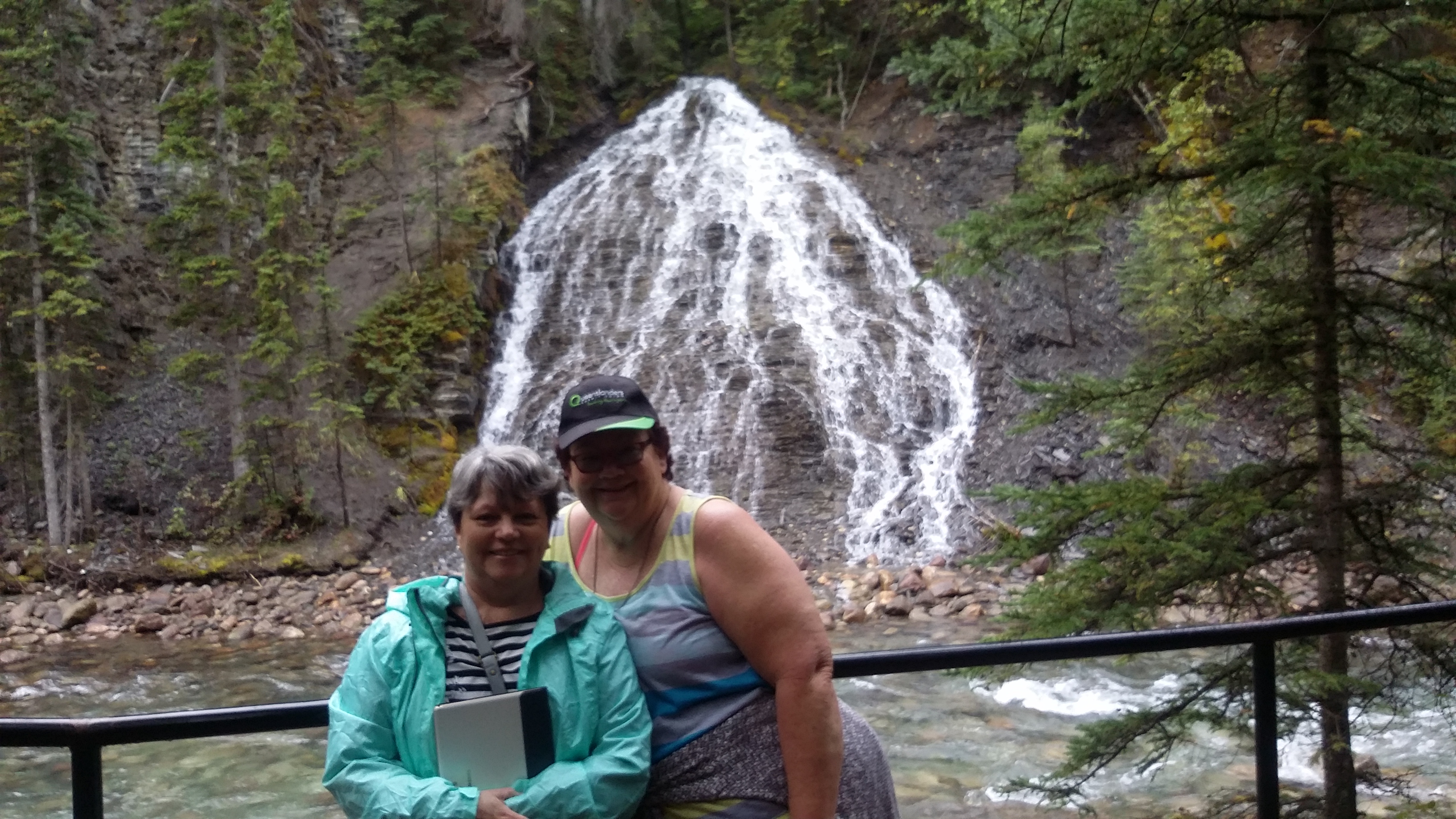
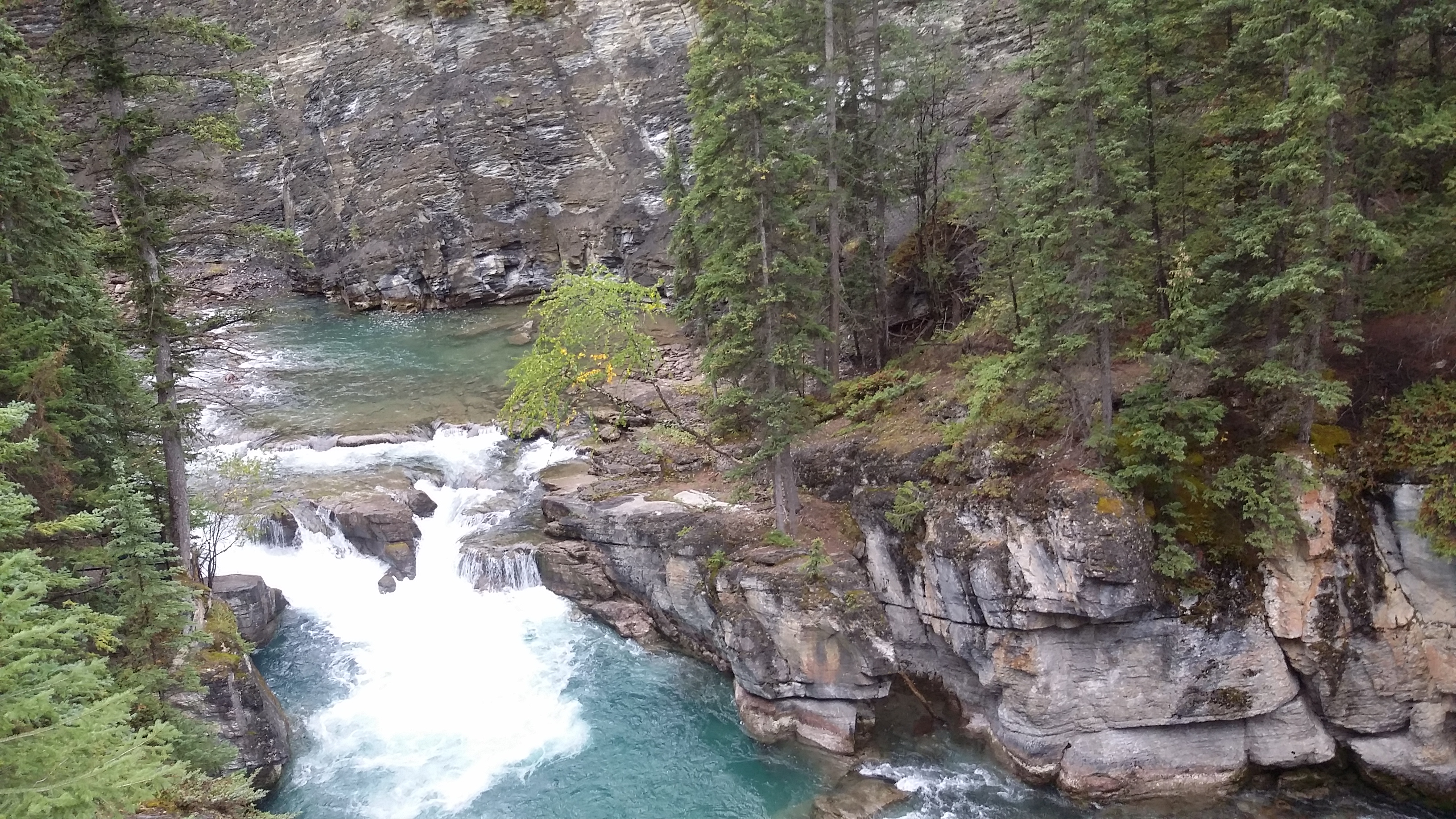
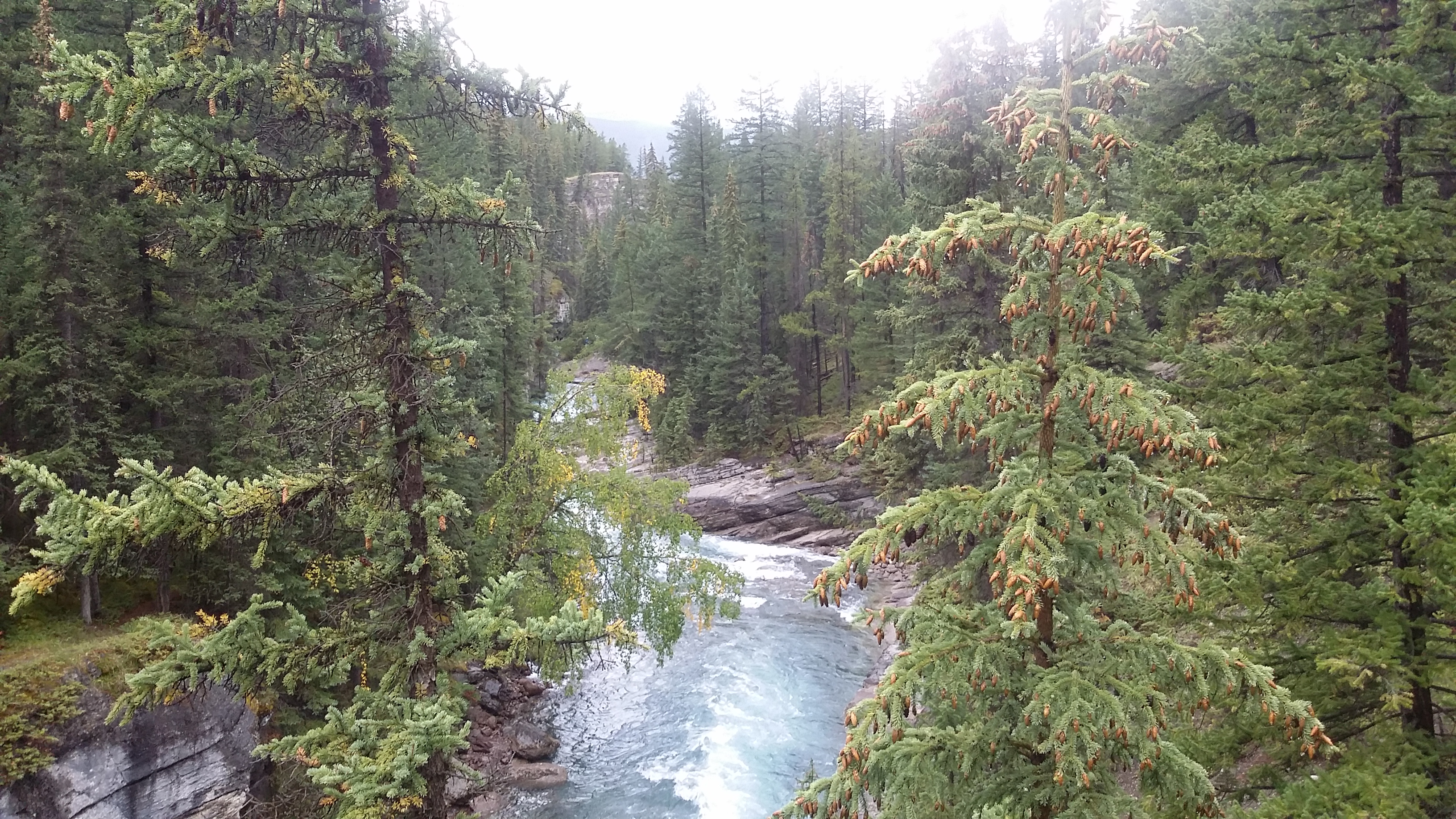
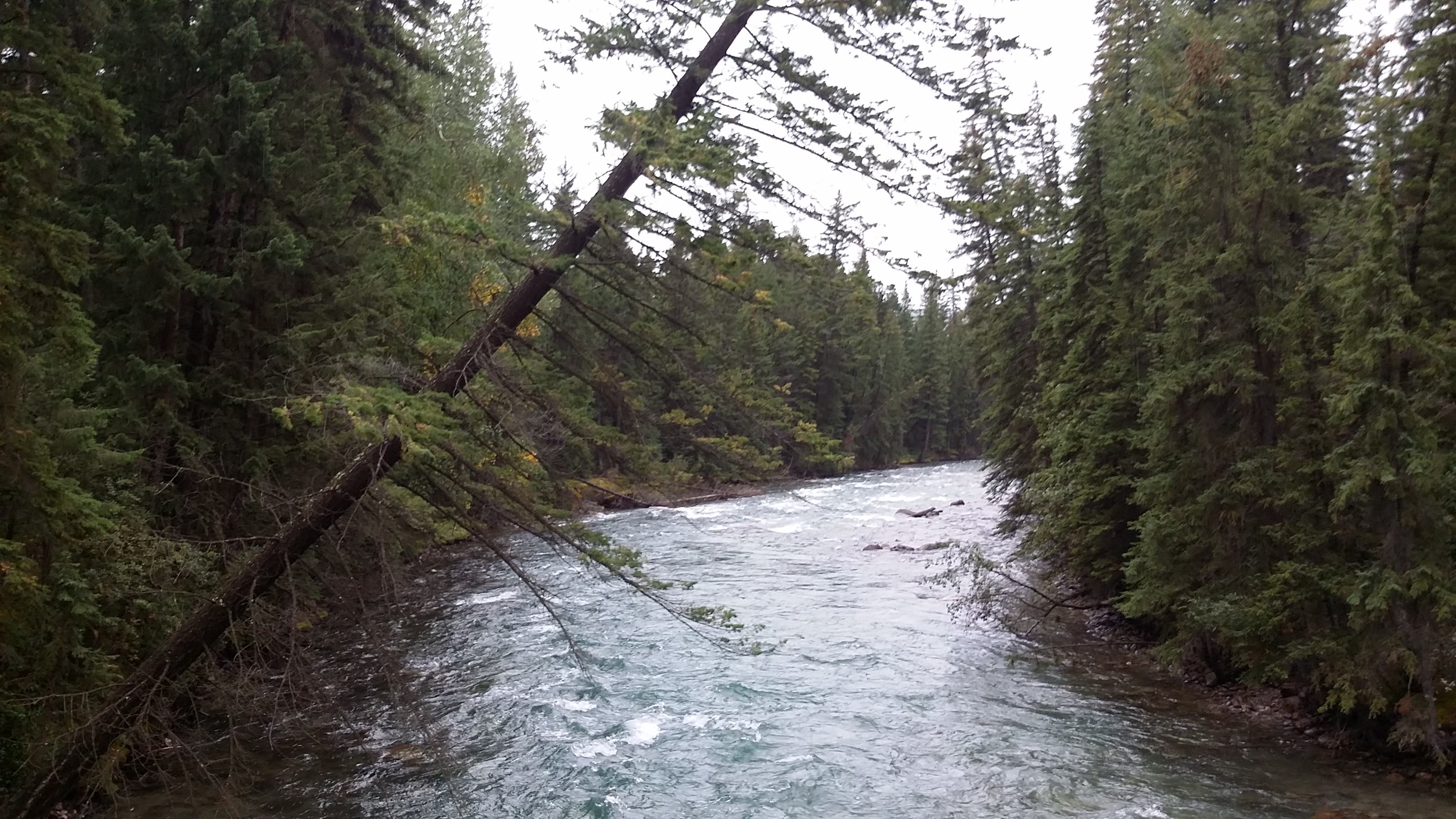
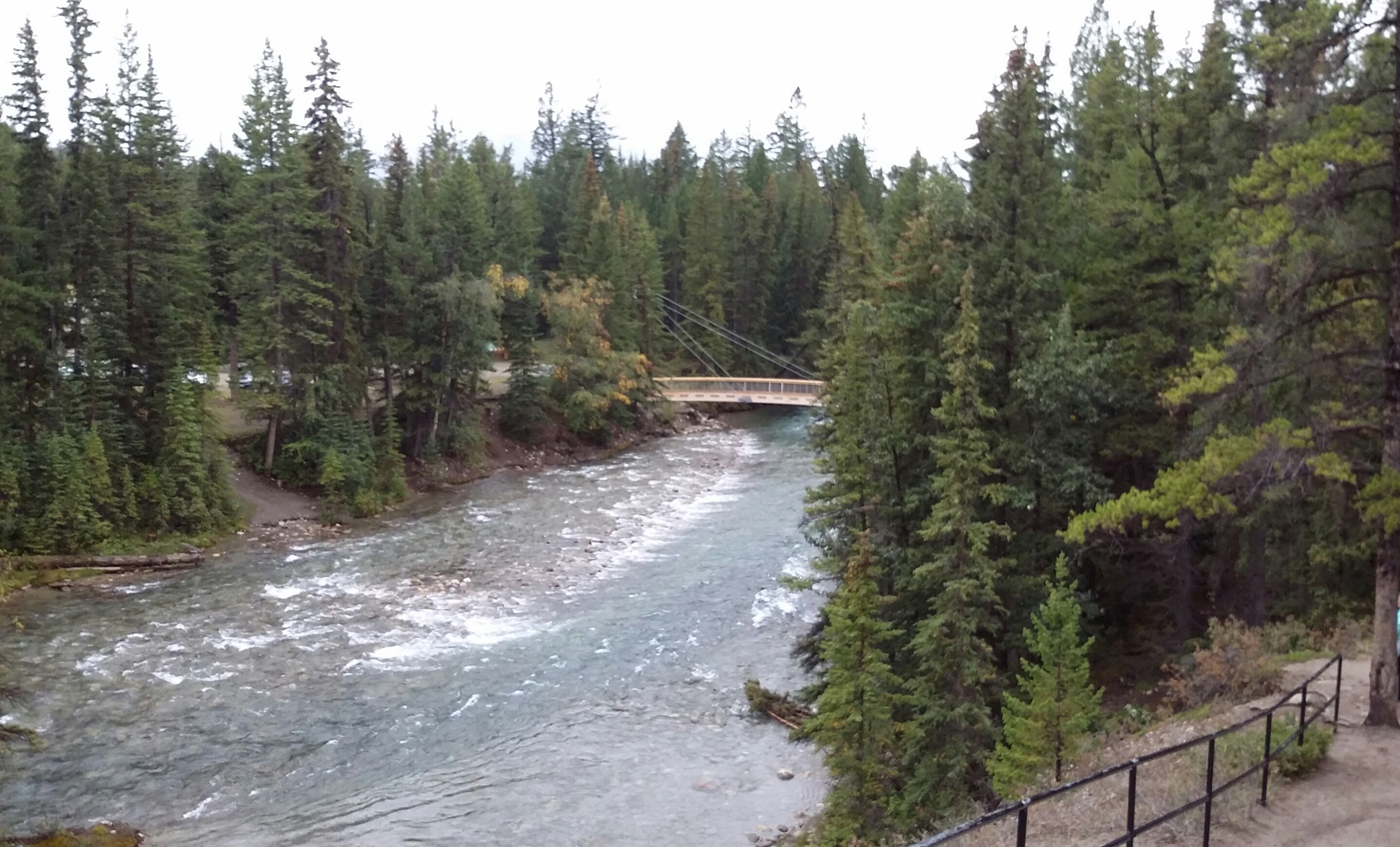
It had started to rain on the trip from the 5th to the 6th bridge, but thankfully it was mostly flat and through forest. This was the area where we should have been really aware and looking out for bears, but as we all believe that there are no animals whatsoever in Canada and they are all something dreamed up by travel companies to encourage people to come there for holidays, we didn’t worry about that.
We were all thrilled to reach the 6th bridge (none more so than me), and as the rain was getting heavier, even more pleased to see Donnie waiting in the car for us.
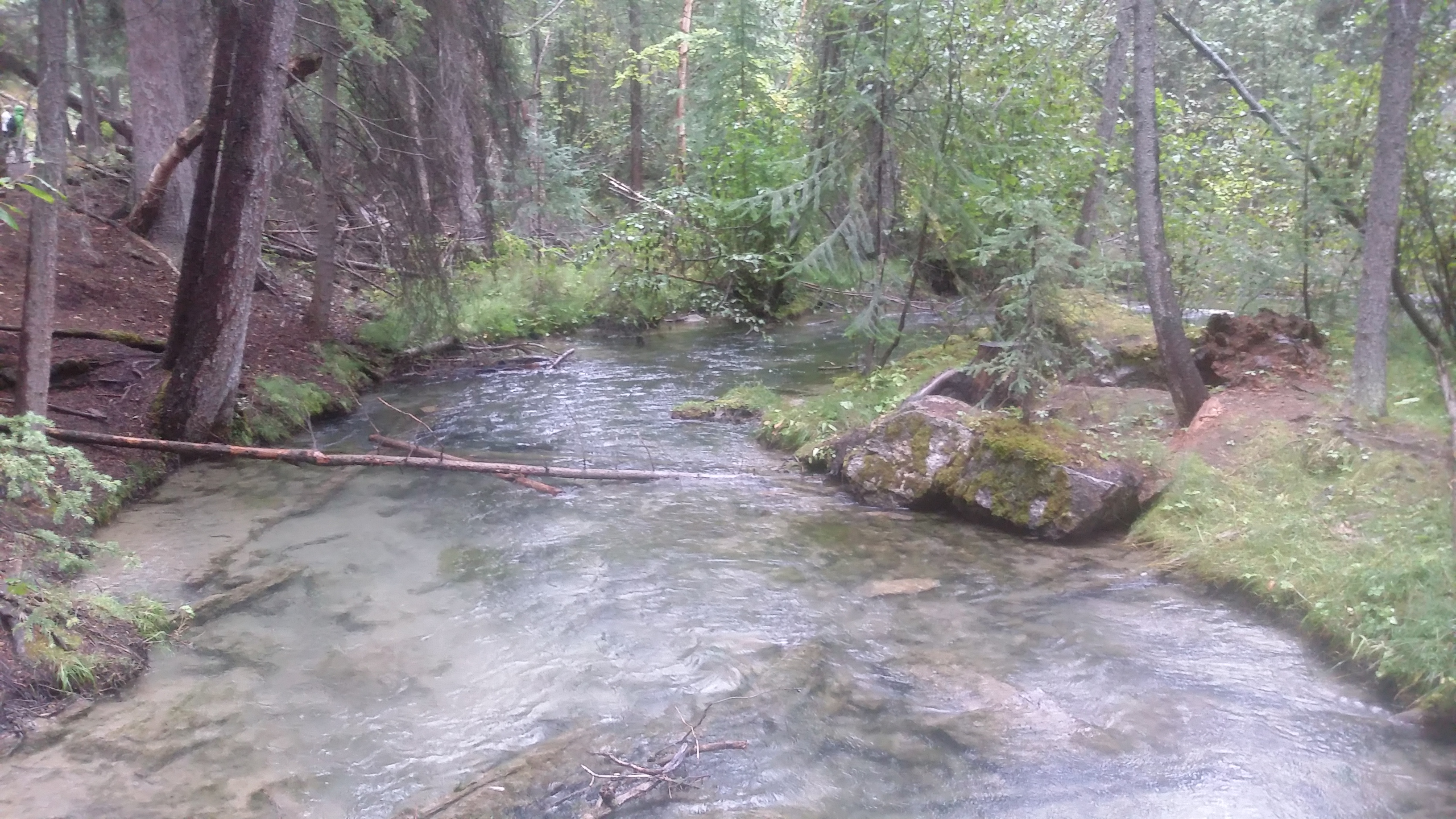
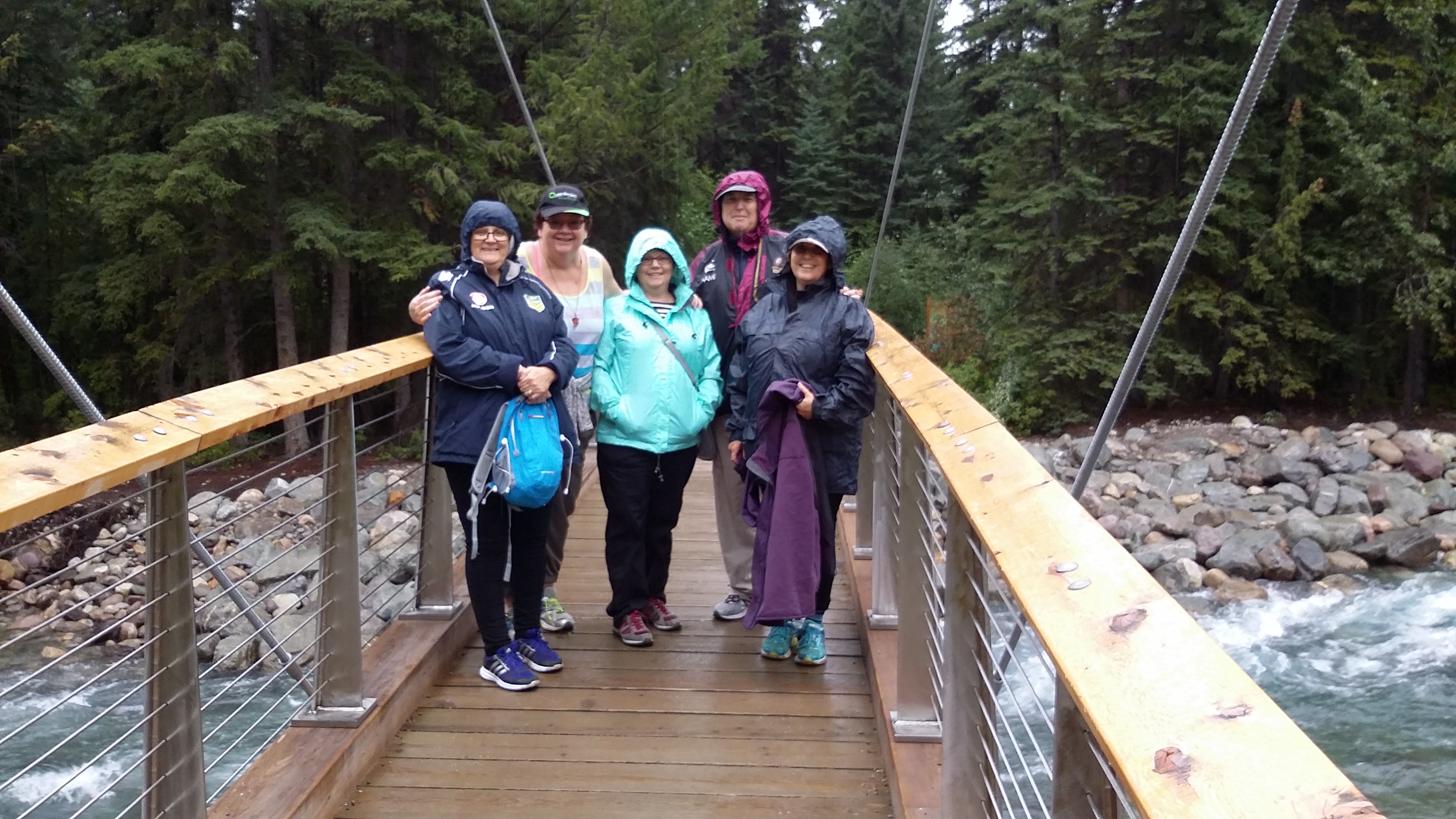
After this memorable journey through the Maligne Canyon, we continued further up the same road, looking for Medicine Lake, which is also called Disappearing Lake, as during the summer, glacier melt waters flood the lake, sometimes overflowing it. In fall and winter the lake disappears, becoming a mudflat with scattered pools of water connected by a stream. But there is no visible channel draining the lake – so where then does the water go?
The answer is, “out the bottom”, like a bathtub without a plug. The Maligne River pours into the lake from the south and drains out through sinkholes in the bottom. The water then streams through a cave system formed in the slightly soluble limestone rock, surfacing again in the area of Maligne Canyon, 16 kilometres downstream. This is one of the largest known sinking rivers in the Western Hemisphere and may be the largest inaccessible cave system anywhere in the world!
The weather was very unpleasant at this point, so we did not take photos of the lake and continued up to Maligne Lake, which is famed for the colour of its water. However, under grey, leaden skies, the famous colour was not very obvious.
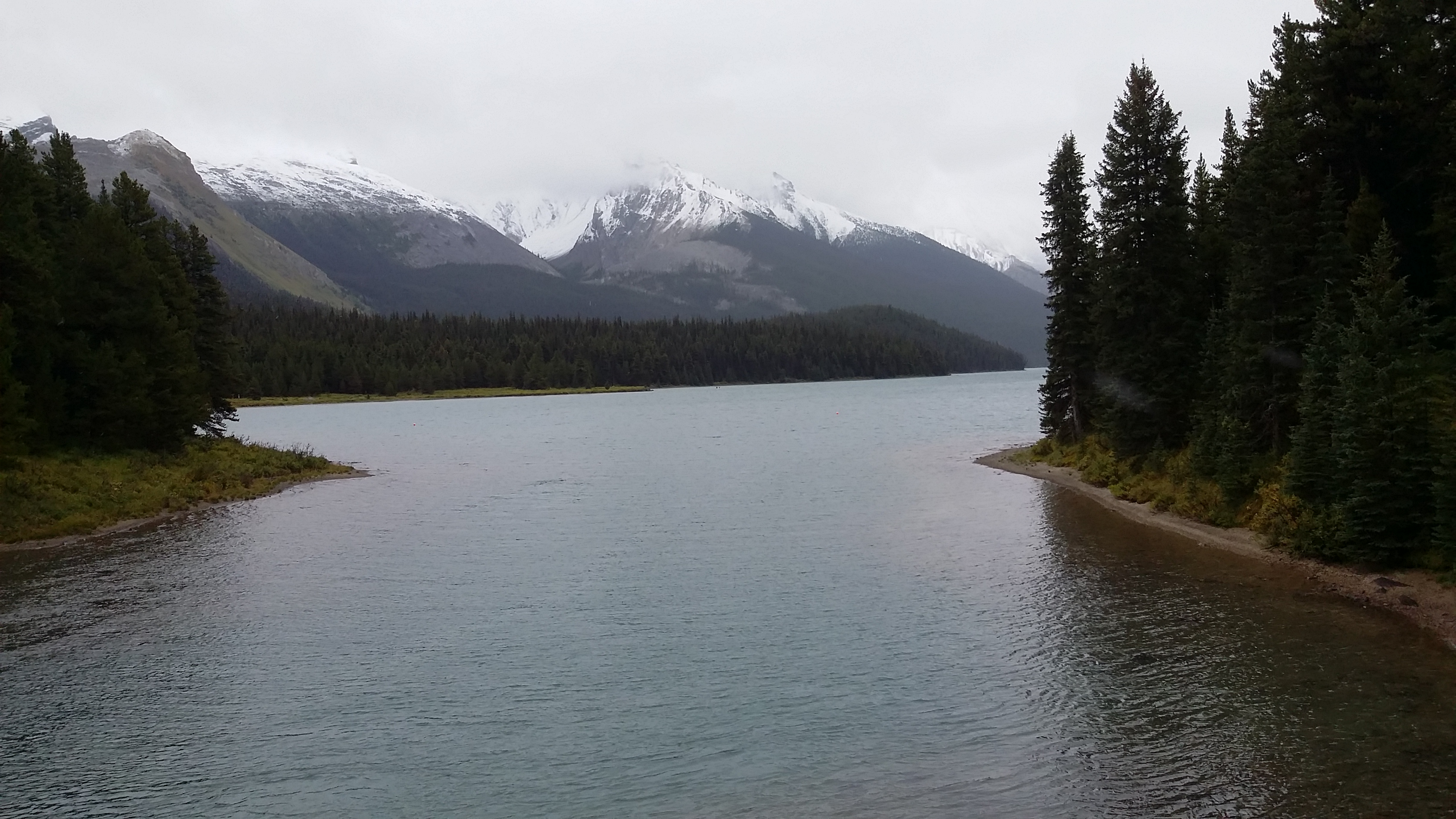
After a very full day, we returned to our accommodation for a good night’s sleep in readiness for our trip from Jasper to Lake Louise the following day.